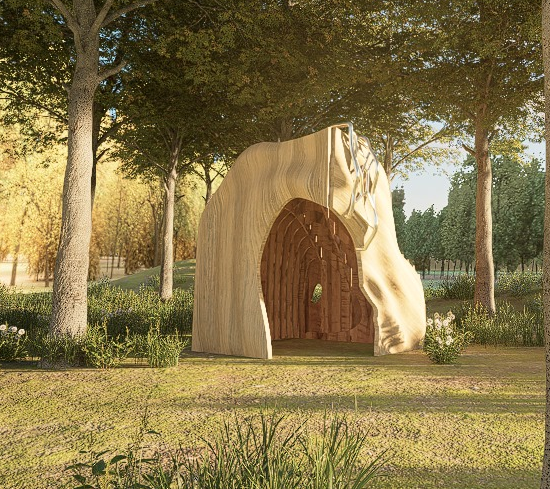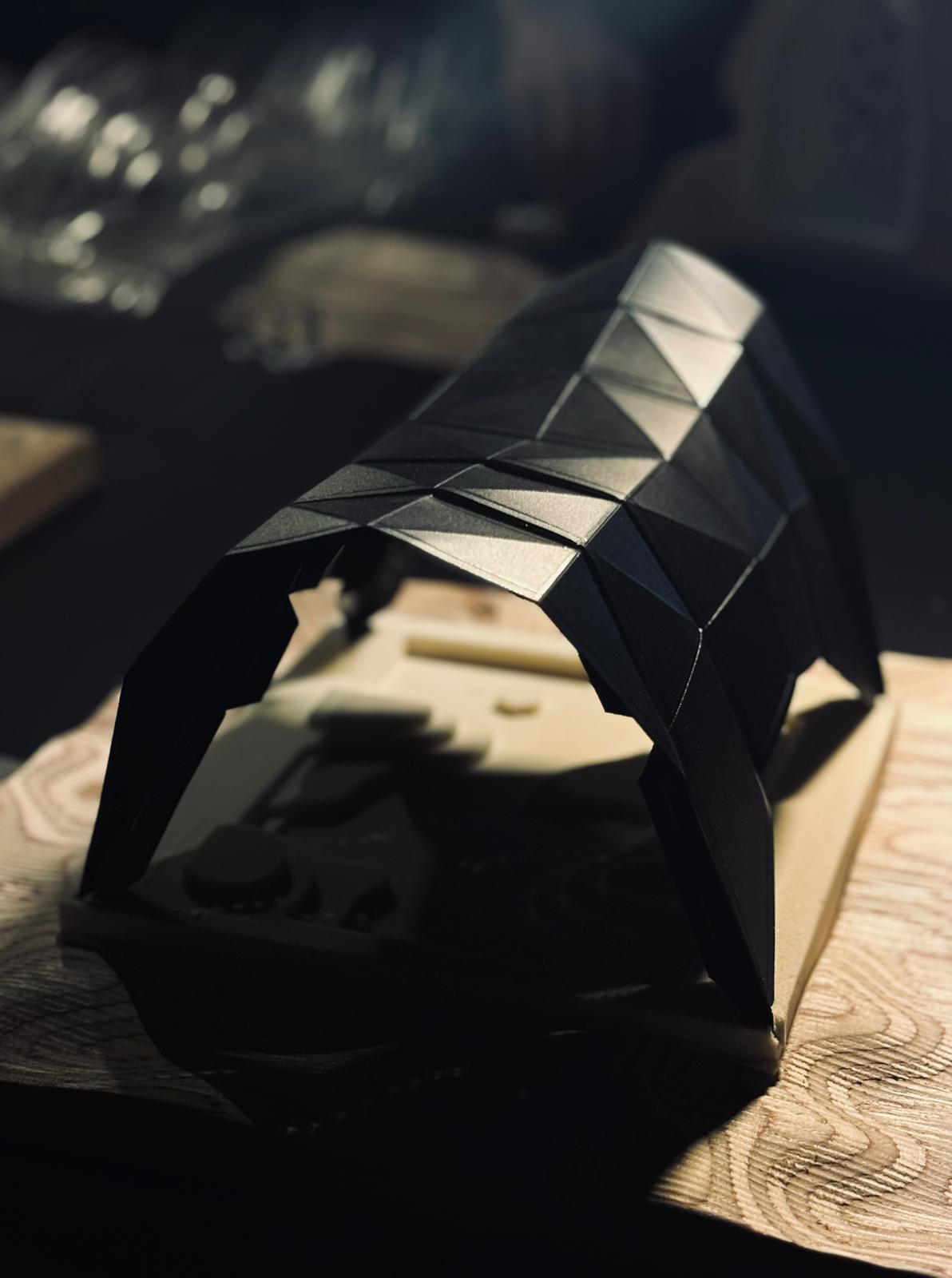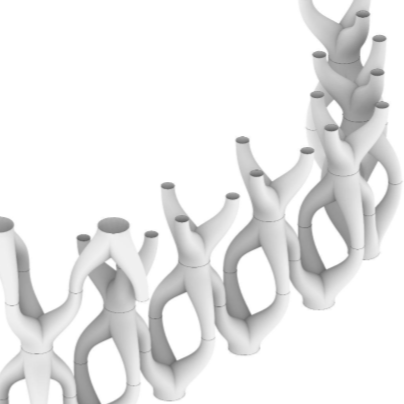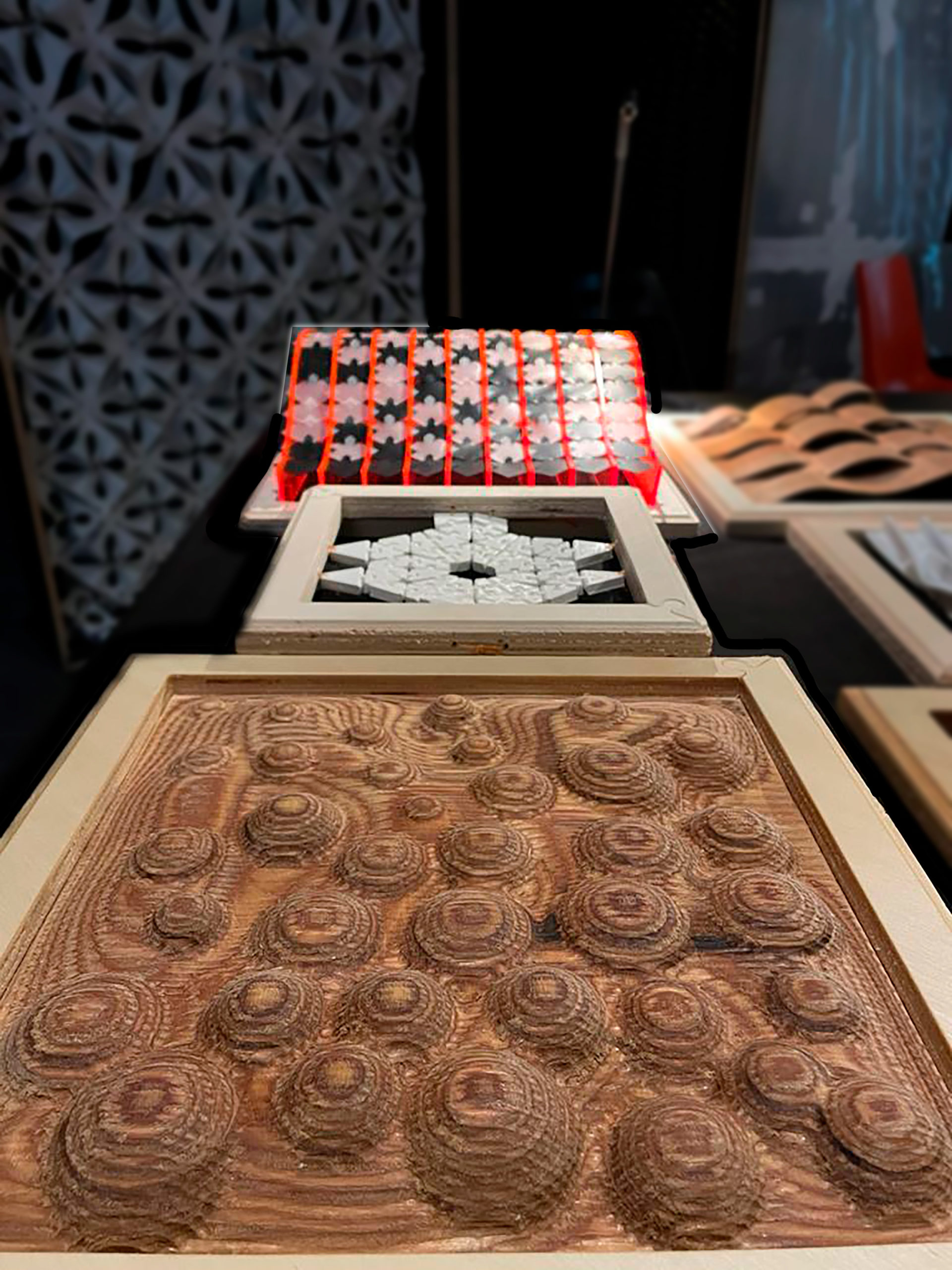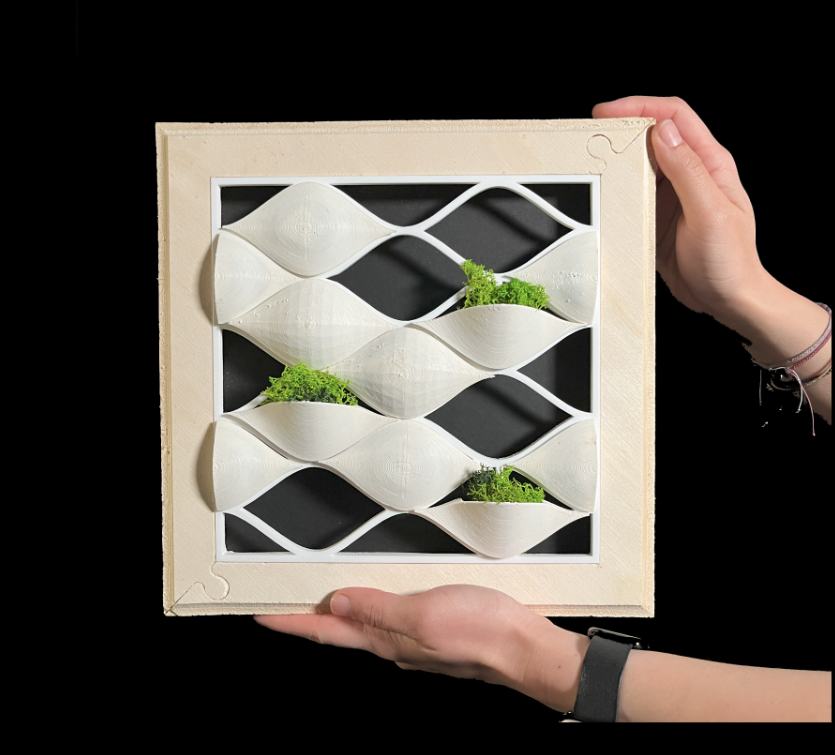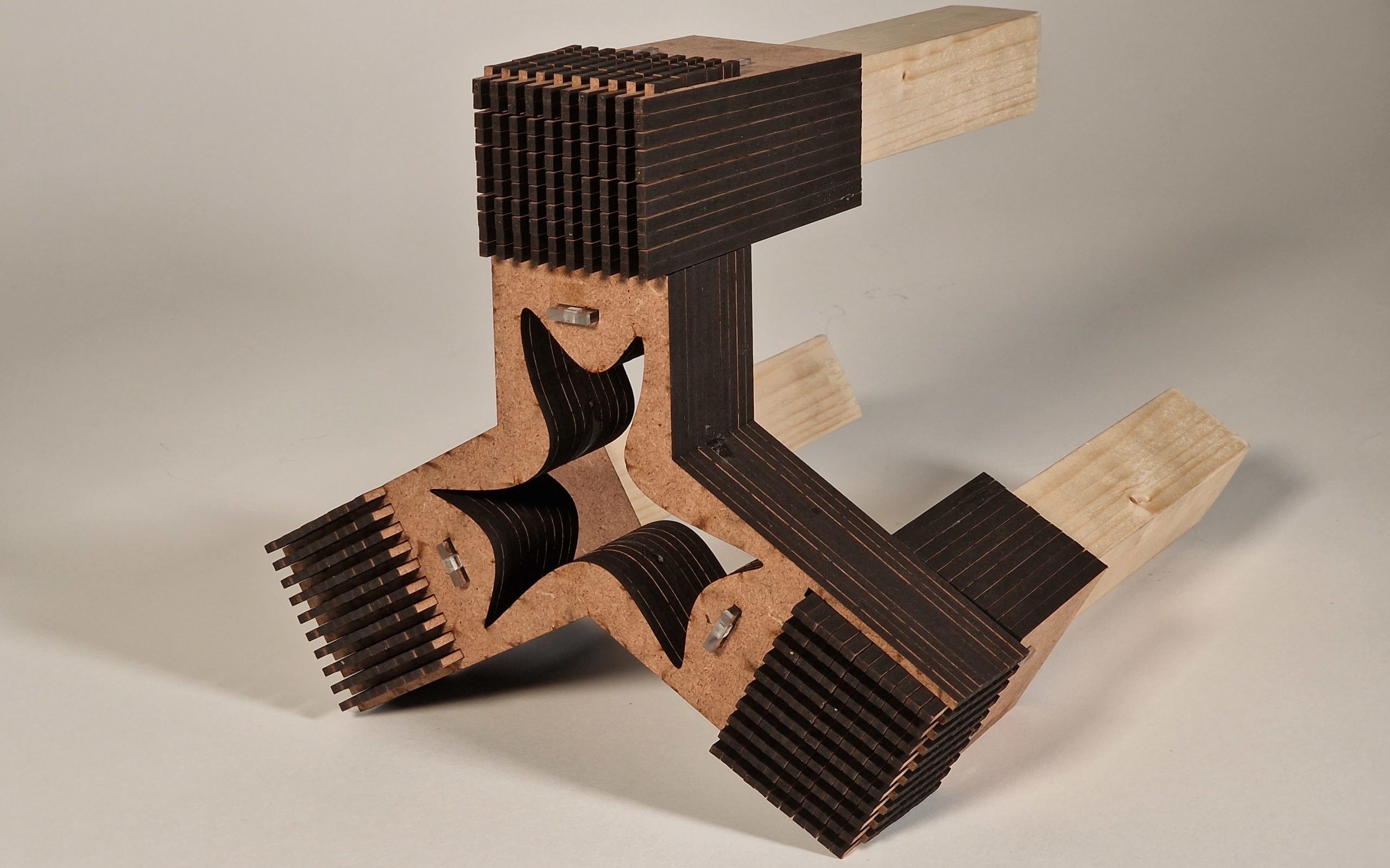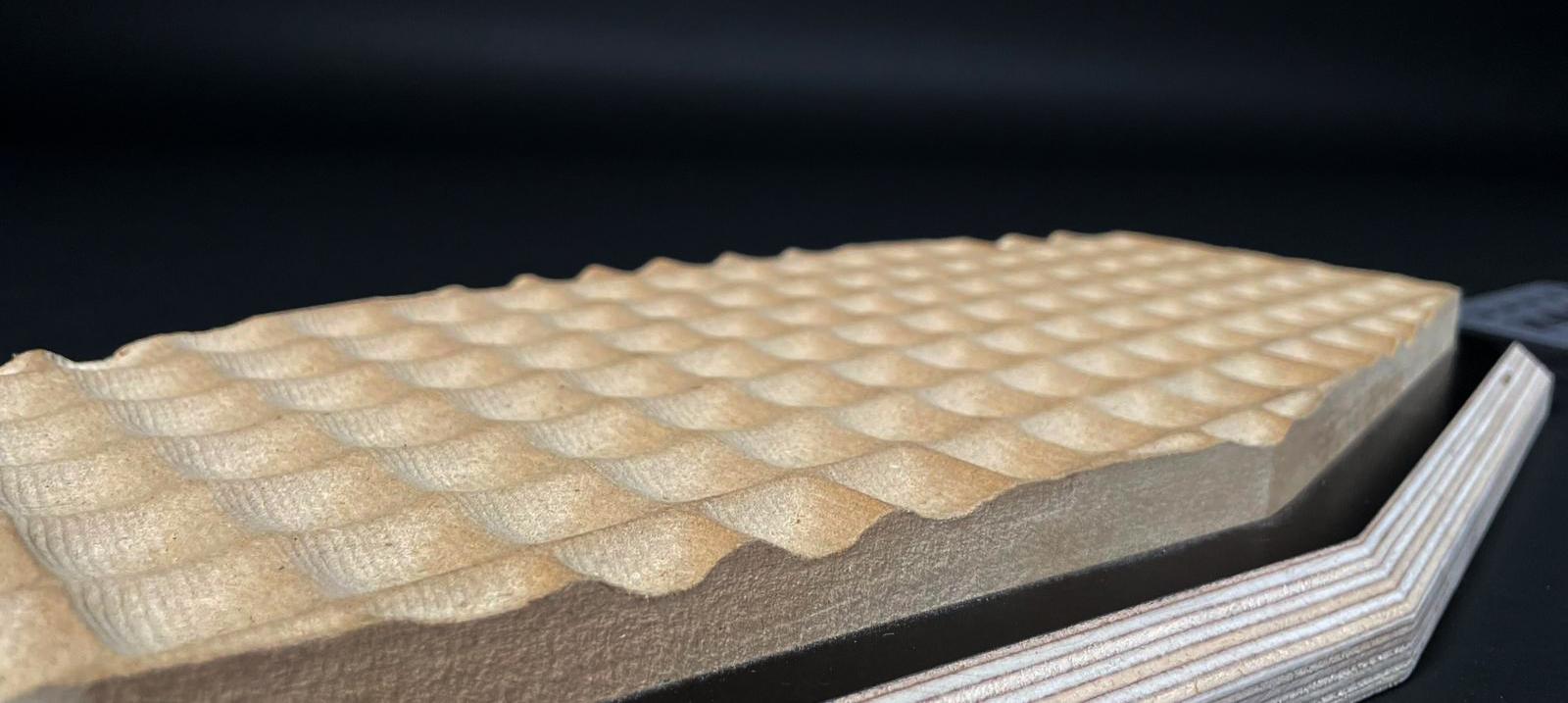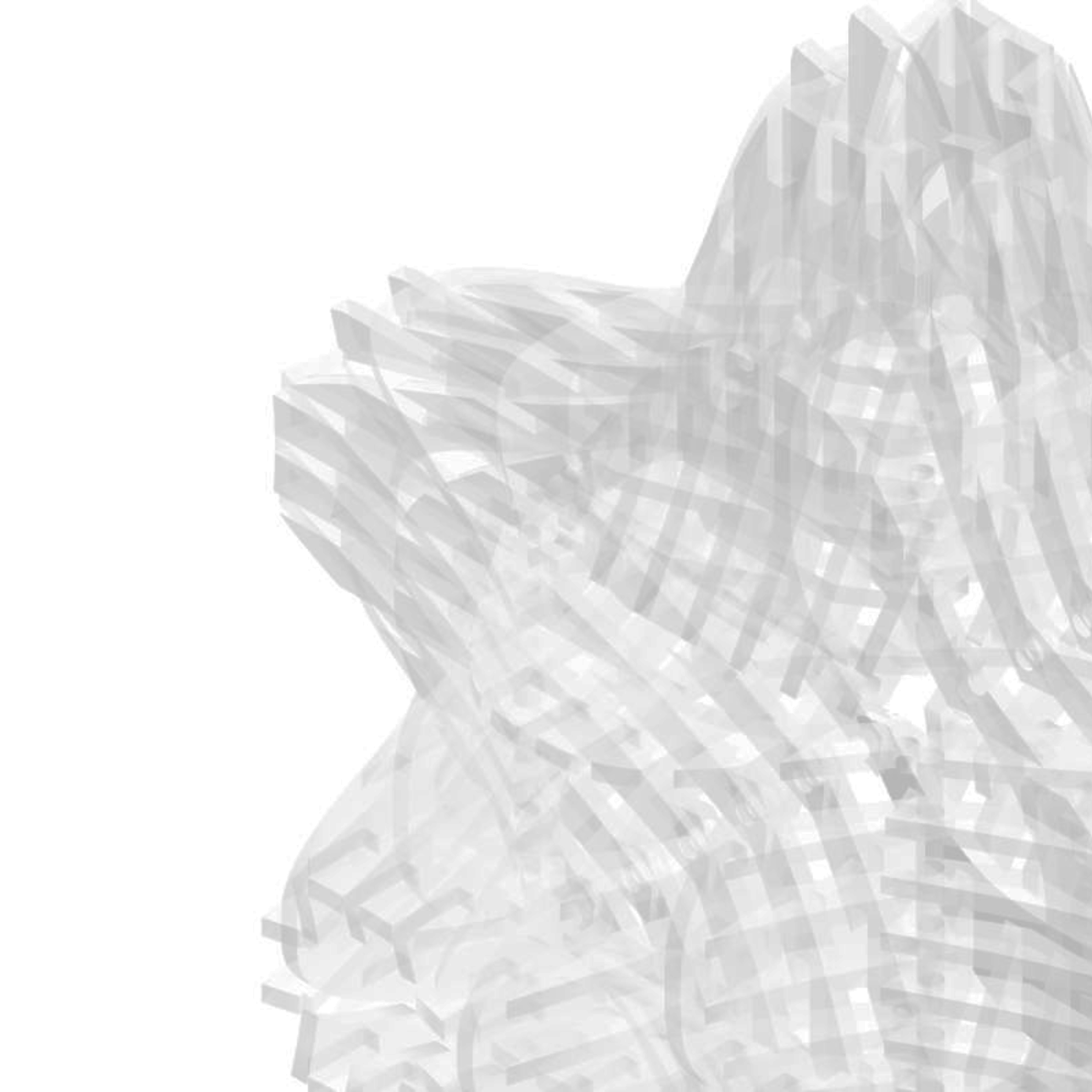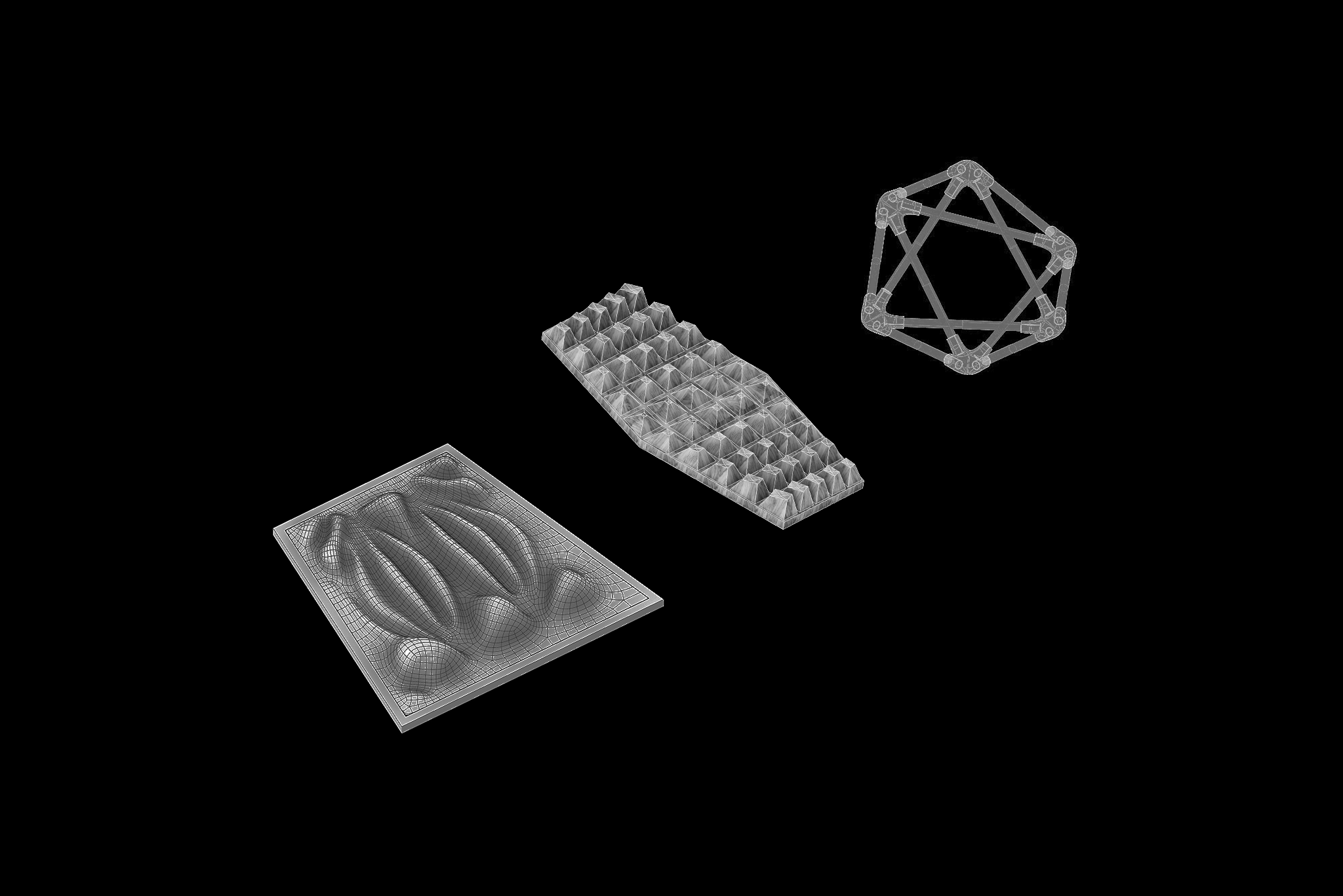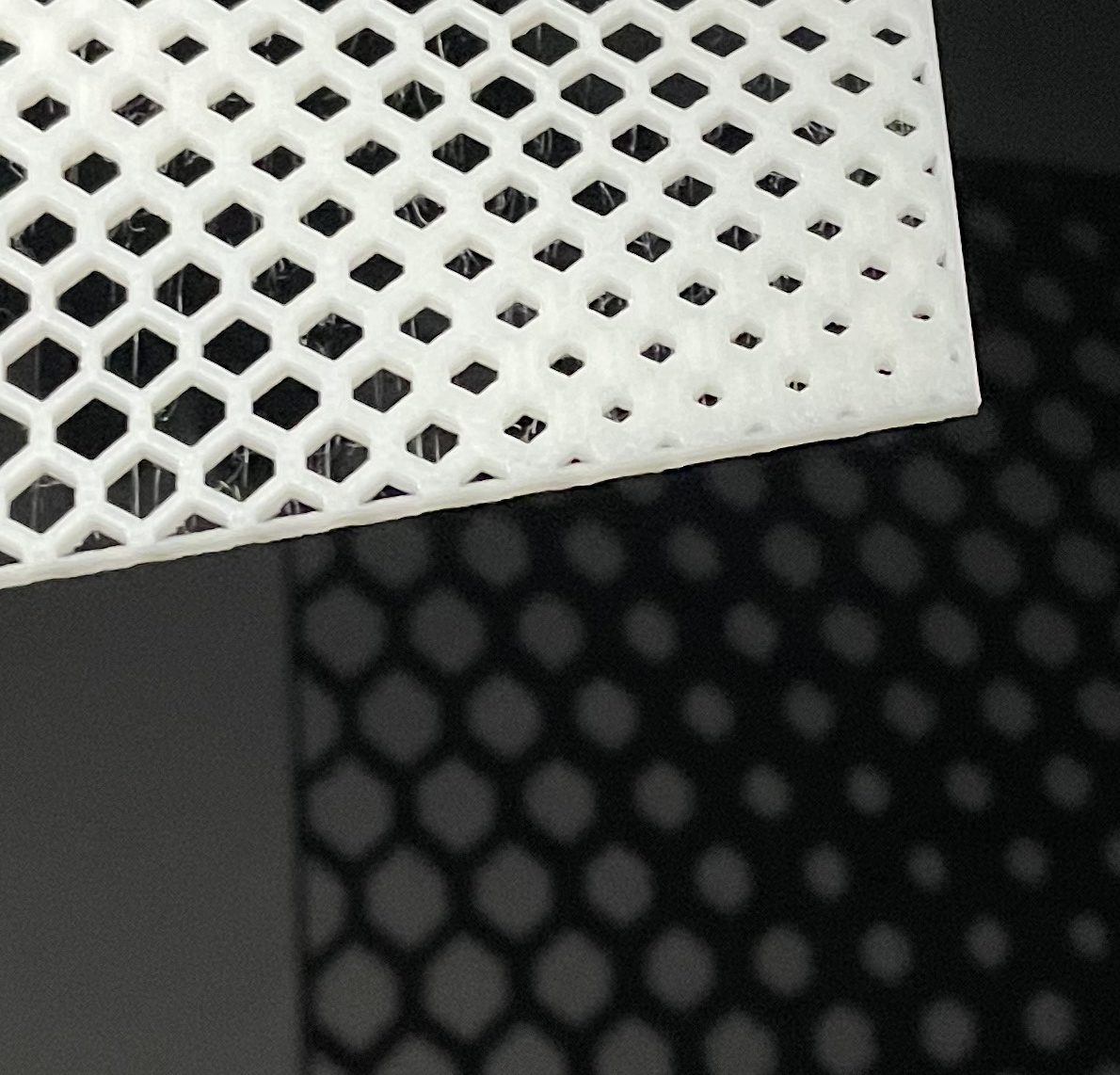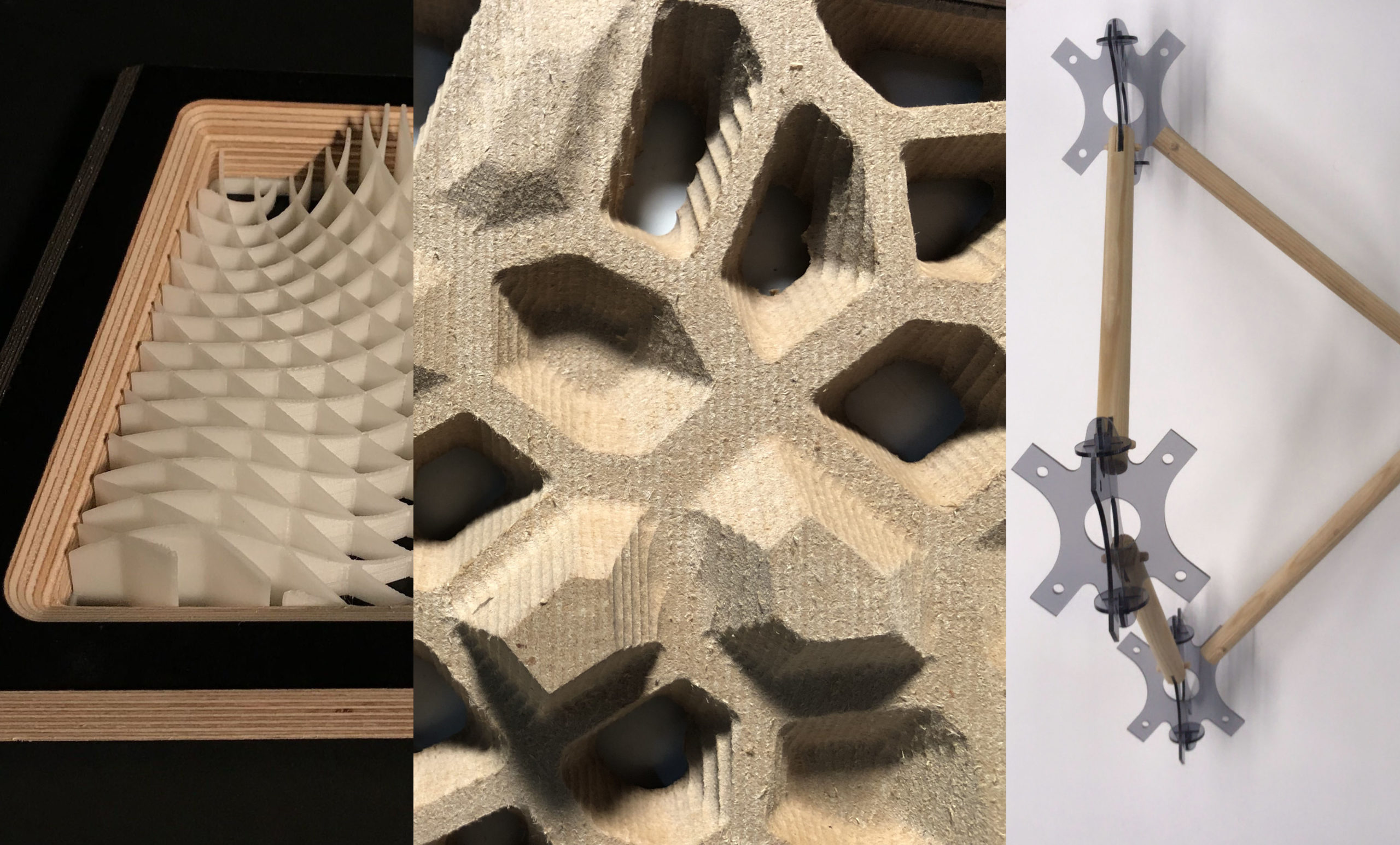Cabin F
The aim of the design is to reflect the nature of the site. The facade has a topography which relates to the environment, texture of the plywood gives the atmosphere of the trees. Carvings on the facade are continues with the structure outside. Frame of the design follows the organic shape of the facade. Layered framing … Read more

